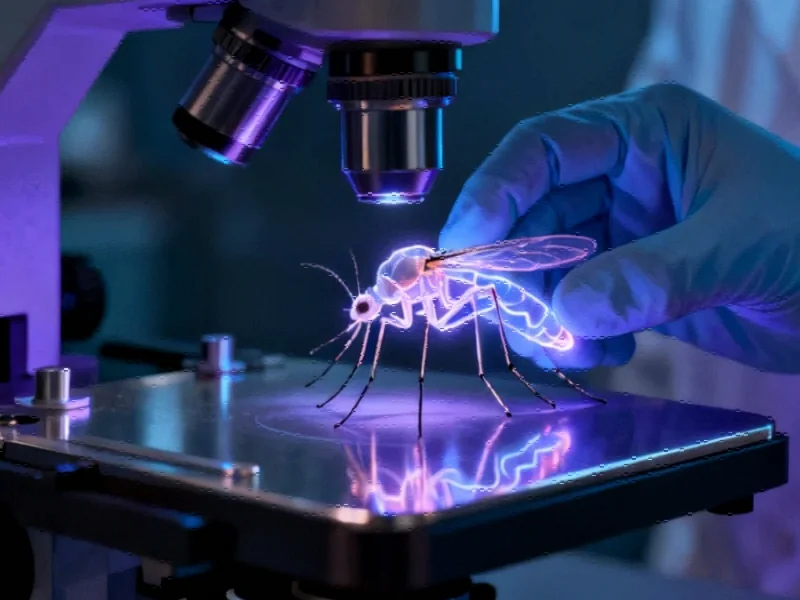The Rise of Next-Generation Research Models
In a significant paradigm shift, the scientific community is increasingly embracing novel alternative methods (NAMs) that promise to transform how we conduct biomedical research and drug development. These innovative approaches are not only addressing ethical concerns surrounding animal testing but are demonstrating superior predictive capabilities for human responses. The momentum behind this transition reflects a broader recognition within the scientific community that traditional models often fail to accurately predict human outcomes, leading to costly clinical trial failures and delayed treatments.
Understanding the NAMs Landscape
NAMs encompass a diverse range of technologies including sophisticated multicellular in vitro systems that replicate human organ functionality, advanced computational modeling, and chemical assessments that analyze molecular interactions outside living organisms. These methods leverage human biology from the earliest stages of research, potentially revolutionizing how we approach drug discovery and safety testing. The scientific community is increasingly recognizing that these human-relevant models can provide more accurate predictions than traditional animal models, which often show poor translation to human responses.
Among the most promising developments are organoids and spheroids – three-dimensional structures that mimic human organ architecture and function. Generated from human induced pluripotent stem cells (iPS cells), these models enable researchers to study disease mechanisms and test drug responses in systems that closely resemble human biology. Recent industry developments in computational power and artificial intelligence have further accelerated the adoption of these innovative approaches.
Regulatory Shifts and Global Momentum
Global regulatory bodies are increasingly supporting the transition toward alternative methods. The U.S. Food and Drug Administration’s recent announcement to phase out animal testing requirements for certain therapies represents a landmark policy change. Similarly, the National Institutes of Health’s $87 million investment in the Standardized Organoid Modeling Center signals strong institutional support for developing human-relevant research tools. These regulatory shifts are part of broader market trends toward more efficient and predictive research methodologies.
Europe and the United Kingdom are also making significant strides. The UK’s National Centre for the Replacement, Refinement and Reduction of Animals in Research has allocated substantial funding to NAMs development, while the expected December publication of the UK government’s plan to phase out animal testing demonstrates serious commitment to this transition. These international efforts reflect growing recognition that human-relevant models can significantly improve research outcomes while addressing ethical concerns.
Scientific and Economic Advantages
The case for NAMs extends beyond ethical considerations to substantial scientific and economic benefits. With approximately 86% of drug candidates failing in human clinical trials – primarily due to toxicity issues or lack of efficacy – the limitations of animal models have become increasingly apparent. NAMs offer the potential to:
- Reduce development costs by identifying promising candidates earlier
- Shorten research timelines through parallel testing approaches
- Improve patient safety through more accurate toxicity prediction
- Enable personalized medicine through patient-specific models
The concept of “clinical trials in a dish” exemplifies how these approaches can transform drug development. By testing therapies on organoids derived from diverse patient populations, researchers can assess efficacy and safety across genetic variations before proceeding to conventional clinical trials. This approach is particularly valuable for rare genetic diseases, where traditional research models have historically struggled. These advancements represent significant related innovations in biomedical research methodology.
Overcoming Implementation Challenges
Despite the clear advantages, widespread adoption faces several hurdles. Many researchers have invested decades in developing expertise with specific animal models, creating institutional inertia. Additionally, the perception of animal testing as the “gold standard” persists in some circles, leading to biased evaluation of non-animal studies. A 2023 survey revealed that nearly a quarter of researchers performed animal experiments primarily because they anticipated reviewer requests, not because they considered them scientifically necessary.
Addressing these challenges requires concerted effort across multiple fronts. Increased funding for validation studies is crucial to demonstrate NAMs’ reliability across different research contexts. Standardization of protocols and quality control measures will ensure consistency across laboratories. Furthermore, educational initiatives must help researchers and reviewers understand when animal models add value versus when they may actually hinder progress. The integration of recent technology advancements is helping to address some of these implementation challenges.
The Path Forward
The transition to human-relevant research methods represents one of the most significant transformations in modern biomedical science. As validation efforts continue and these technologies mature, we can anticipate accelerated drug development, reduced research costs, and improved patient outcomes. The scientific community’s willingness to embrace these changes – supported by forward-thinking funding agencies, journals, and regulatory bodies – will determine how quickly these benefits materialize.
Critical to this transition is the development of robust computational infrastructure and data security protocols. As researchers increasingly rely on sophisticated modeling and artificial intelligence, ensuring the integrity of these systems becomes paramount. Recent industry developments in cybersecurity for research institutions highlight the importance of protecting sensitive biomedical data. Meanwhile, global market trends in cloud computing and data management are creating new opportunities for collaborative research using these innovative methods.
The movement toward human-relevant testing methods isn’t merely about replacing animals – it’s about building better, more predictive, and more efficient research systems that ultimately serve patients better. As these technologies continue to evolve and demonstrate their value, they promise to usher in a new era of biomedical research that is both more ethical and more effective.
This article aggregates information from publicly available sources. All trademarks and copyrights belong to their respective owners.
Note: Featured image is for illustrative purposes only and does not represent any specific product, service, or entity mentioned in this article.



